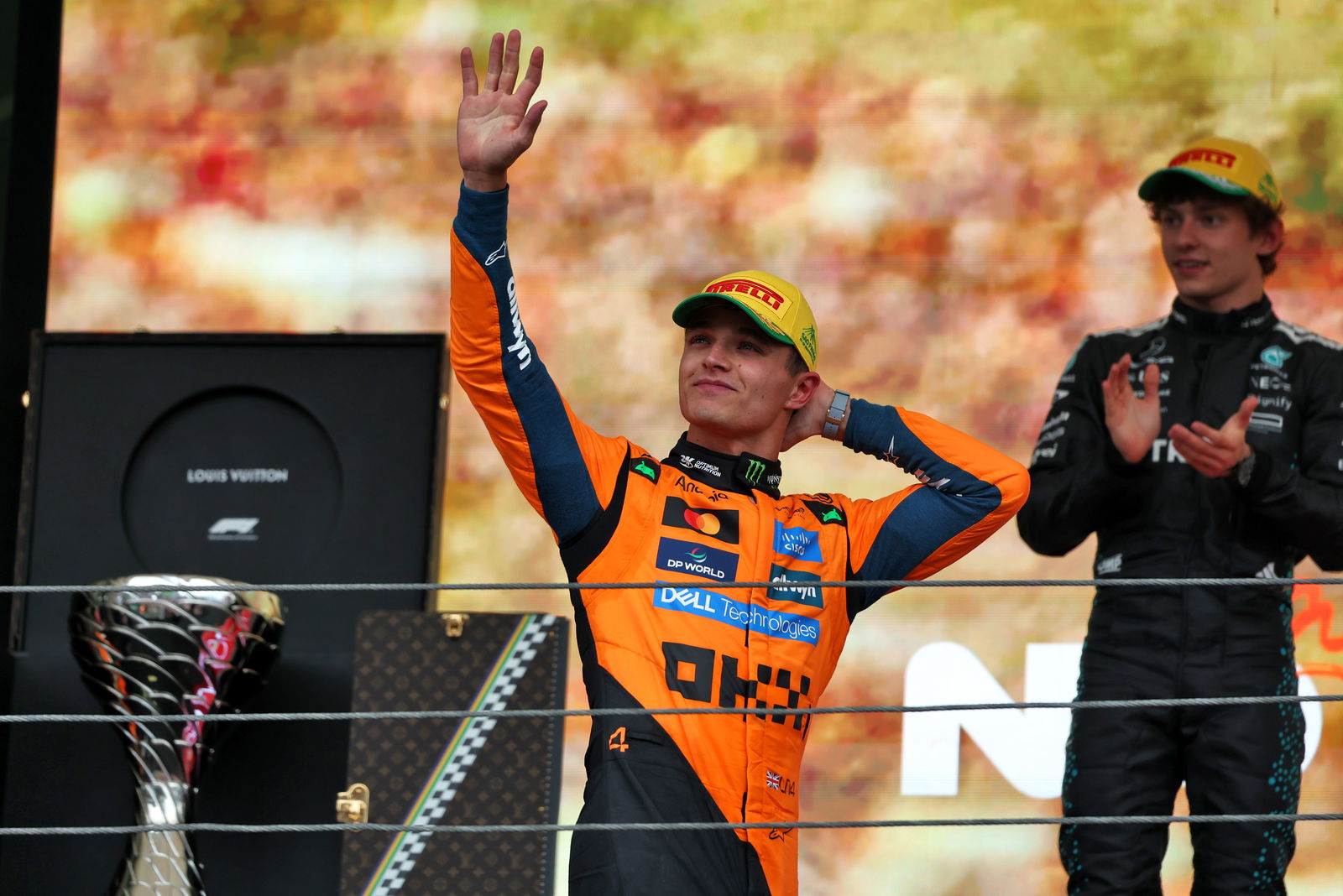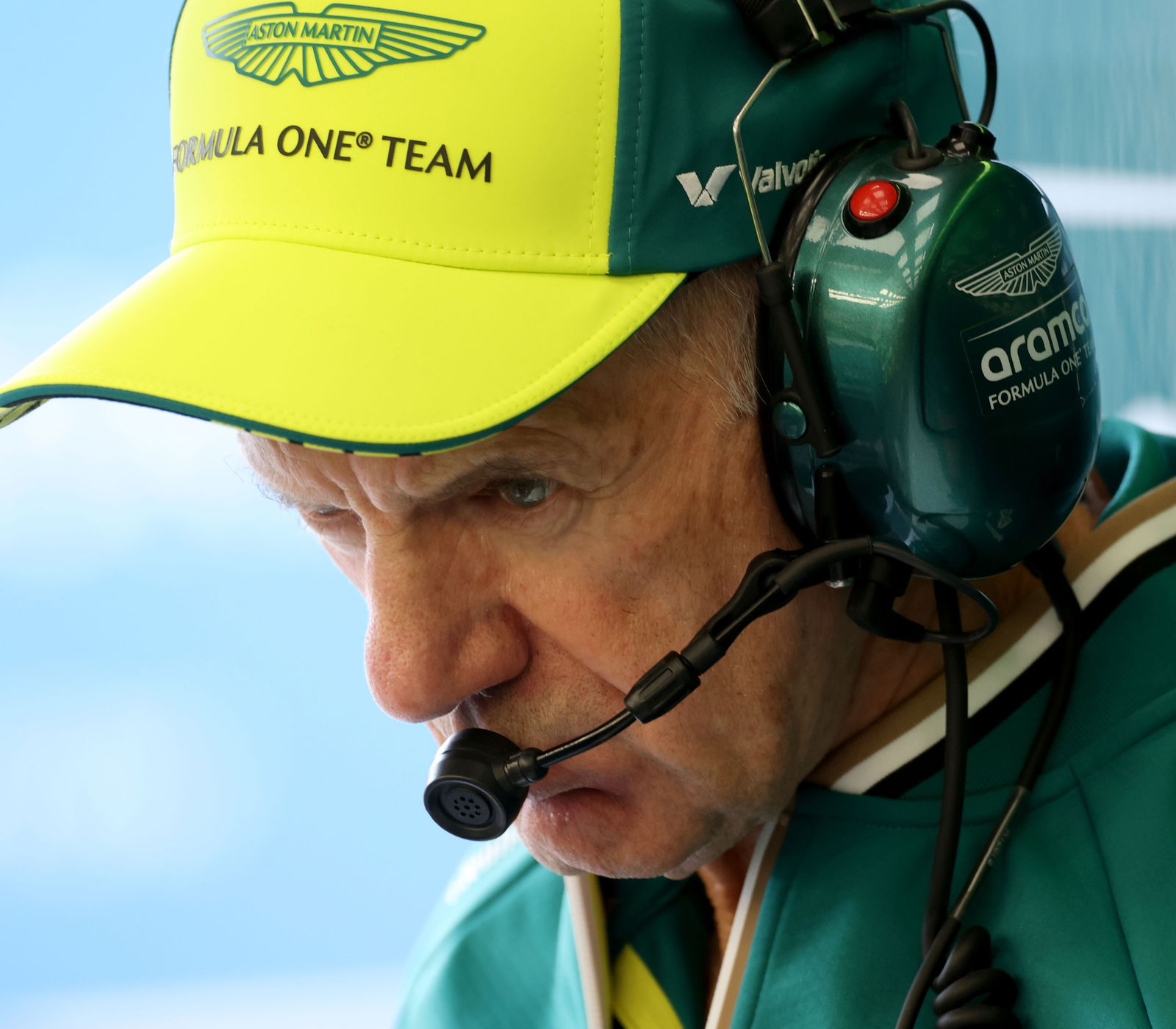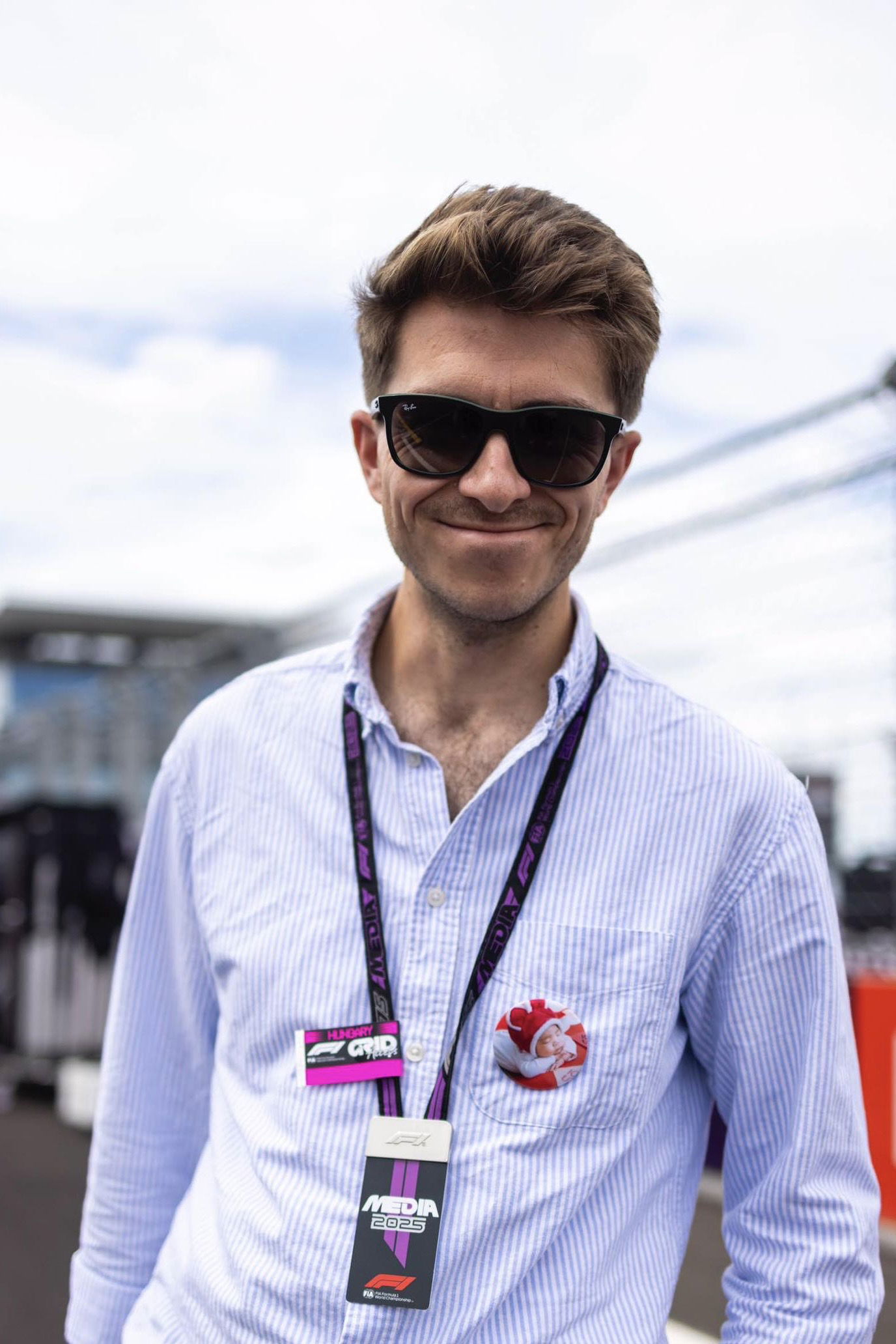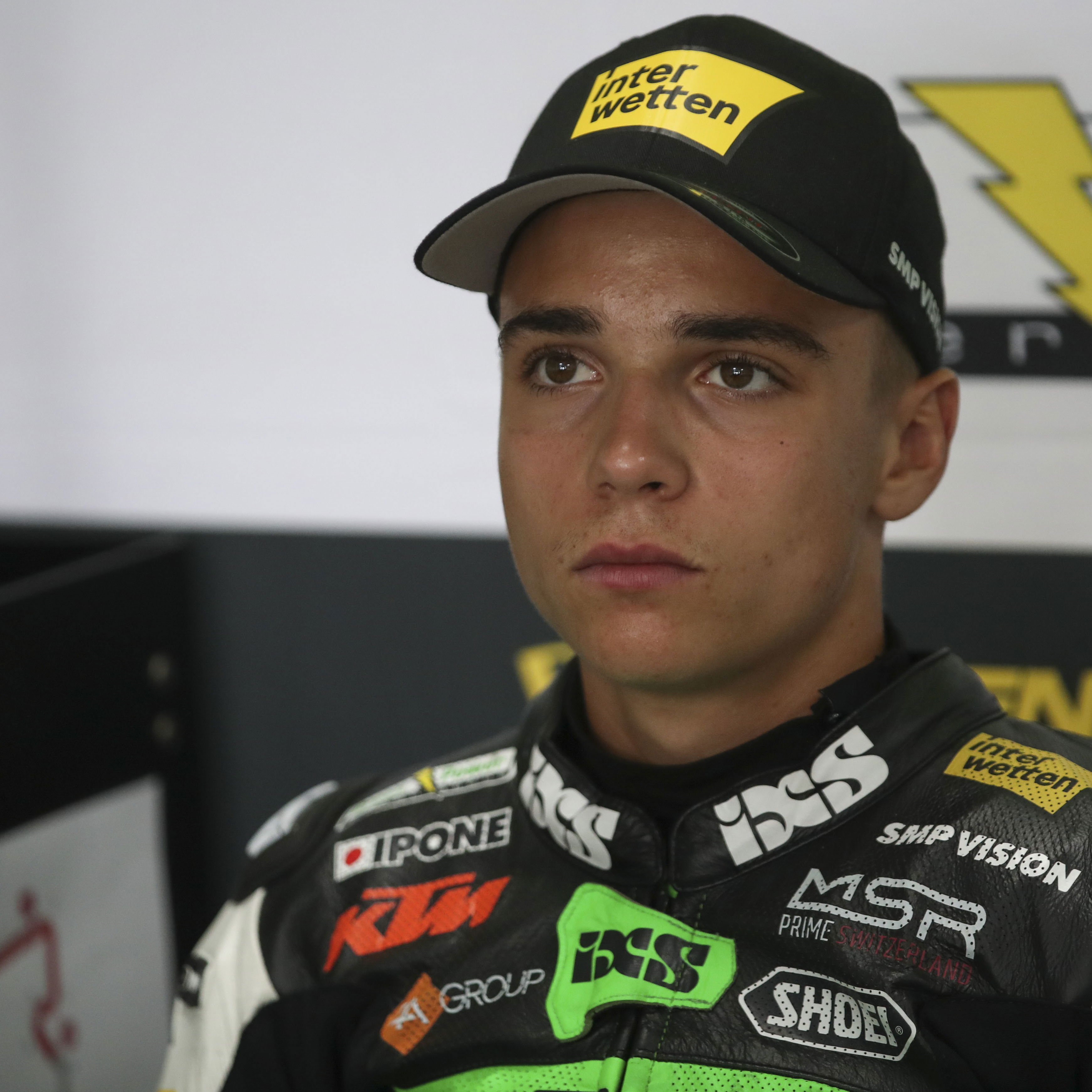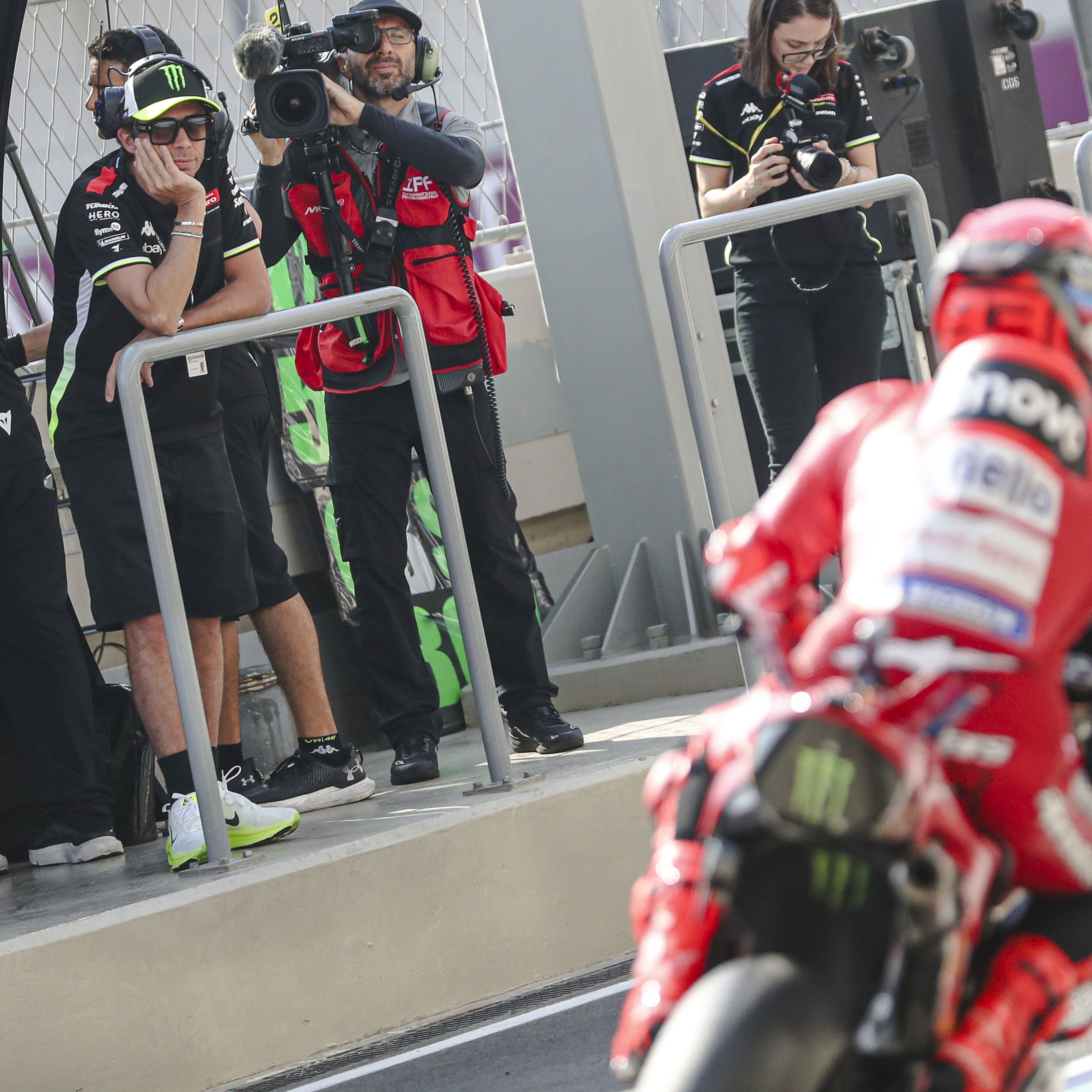Ex-F1 driver makes case for why Oscar Piastri didn’t deserve penalty
Was Oscar Piastri unlucky to receive a 10-second time penalty in Brazil? A former F1 driver thinks so.

Oscar Piastri was “hard done by” with his penalty at the Sao Paulo Grand Prix, according to former F1 driver Jolyon Palmer.
The Australian copped a 10-second time penalty for colliding with Mercedes’ Kimi Antonelli, who in turn punted Ferrari’s Charles Leclerc, as he moved from fourth to second at Turn 1 following an early Safety Car restart.
Piastri went on to finish fifth in Brazil as McLaren teammate and title rival Lando Norris claimed his second consecutive victory to further extend his championship advantage to 24 points with three rounds to go.
Former Renault driver Palmer believes Piastri was unfortunate to be so severely punished for what he felt was a racing incident.
“I think Oscar Piastri was hard done by when he was handed his 10-second penalty in Brazil, as the stewards rigidly followed their guidelines. I can see how the stewards came to their conclusion – but as I said in commentary, to me this was a racing incident,” Palmer wrote in his latest column for the F1 website.
“According to the FIA guidelines, drivers attempting to make an overtake must have their front axle at least alongside the mirrors of the other car prior to and at the apex – and the car must be driven in a fully controlled manner.
“The stewards saw that, at the point of contact just before the apex, Oscar wasn’t nearly far enough alongside and was locked up, thus applying the routine penalty.
“I don’t think this incident can be as simple as that though…
“In Oscar’s position, any driver would have looked to the inside initially. The alternative would have been to lift off the throttle and not try and overtake the Mercedes ahead. This is motor racing after all.
“Once he’s on the inside line, he initially gets himself far enough up the inside of Antonelli to warrant space. The move is going to be on and Kimi checks the mirrors and should see that Oscar is there.
“At this point, Piastri is left with two decisions: to send it in deep on the brakes and fully commit to the move, or to be cautious on the approach and make sure he can stick to his apex, allowing space for the other cars. He chose the second one, understandably, given his championship standing.”
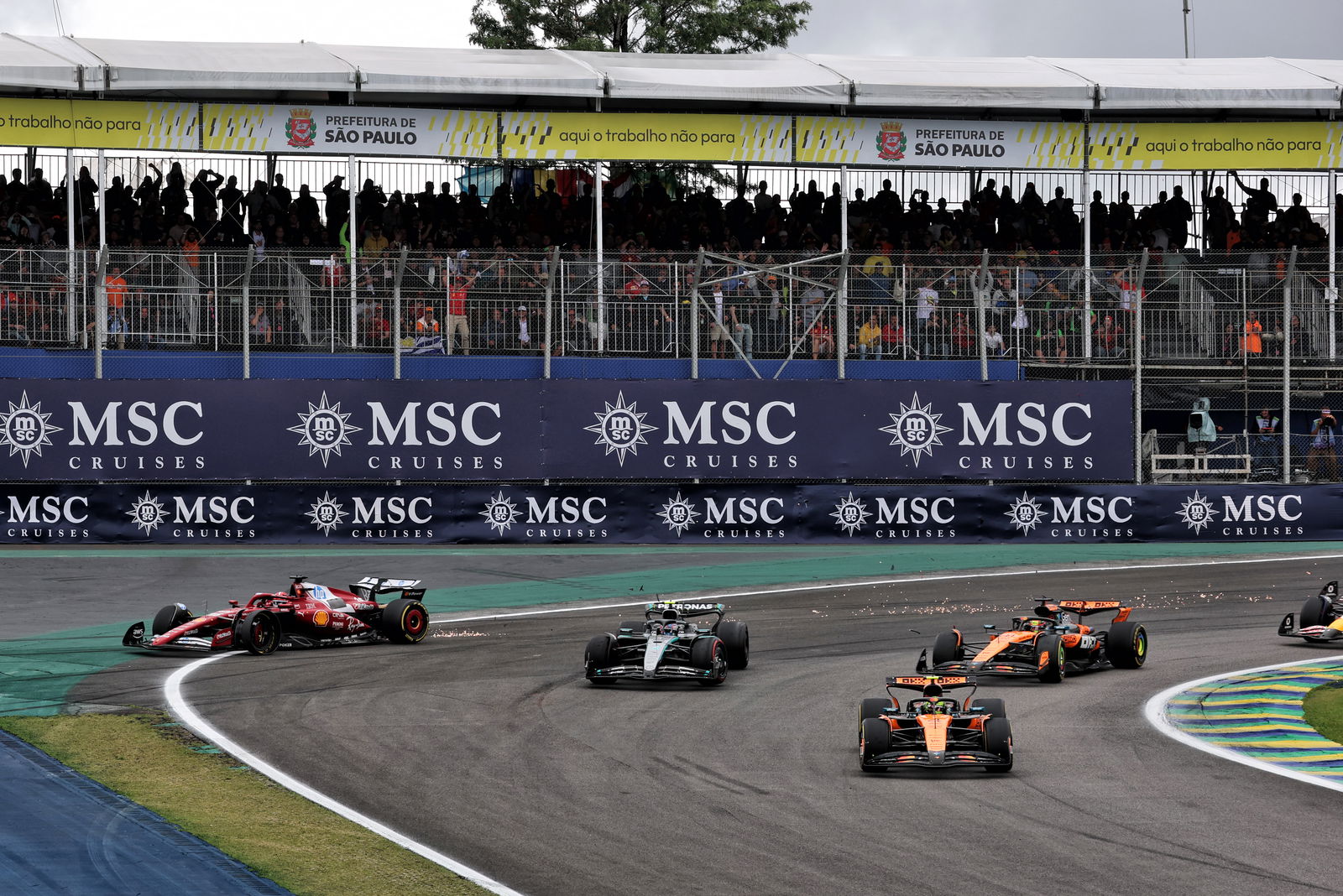
According to Palmer, Piastri was penalised for taking a more conservative approach and ensuring he avoided a bigger accident.
“It’s ironic that had he opted for the first option, according to the racing guidelines, he wouldn’t have been punished, even though he’d have been almost guaranteeing an incident with Kimi and thus Charles on the outside as well,” he continued.
“By carrying that much more speed down the inside to keep his front axle alongside or ahead of Antonelli’s mirrors, he’d have had to go much deeper into the corner, in the same way as Max Verstappen passed Lewis Hamilton at Turn 1 in Mexico – aggressive, causing contact, and far riskier, but technically fair according the guidelines.
"The cautious approach has to be the more sensible approach here. He braked early to ensure that he could stick to the inside line, but as Antonelli started to drift across to take his apex, Oscar realised that the racing room he hoped would be there was disappearing.
“It was only at this moment that he locked up, which made it look like he was out of control. In fact he was still on a trajectory of sticking to the apex even with this.”
Are F1’s racing guidelines flawed?
Palmer is one of several observers to point out flaws with F1’s racing guidelines, which have been the topic of intense debate in recent weeks.
“As Piastri said after the race, you can’t just disappear when you are on the inside of someone,” Palmer said. “Once drivers hit the brakes, they are committed to their position. You can release the brakes to carry more speed but it’s pretty much impossible to just brake harder and jump out of the way.
“Any more brake inputs or steering inputs once drivers are committed to the corner will cause a front lock-up, and that’s exactly what happened to Oscar as he tried to avoid the collision.
“In my opinion, and speaking as a former driver, it seems to be a case of the racing guidelines being followed too rigidly. I want to see drivers giving each other space and racing wheel-to-wheel through corners, not just dashing for an apex or chopping across others because they ‘own the corner’.
“Ultimately in Brazil, Piastri got punished for being the driver who was trying to avoid the incident. Leclerc was also unfortunate, leaving plenty of space out wide and minding his own business, whilst Antonelli was the driver that may actually have been more to blame.
“Realistically, I think it’s just a racing incident though – one of those things where drivers are racing fiercely, three-wide and incidents happen. Here it just had unfortunate consequences for Charles.”
